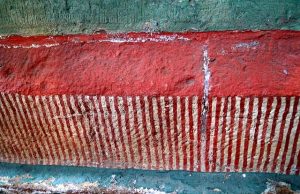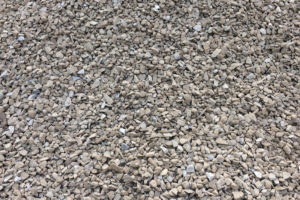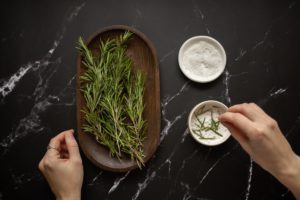Outdoor Surfaces That Elevate Your Space
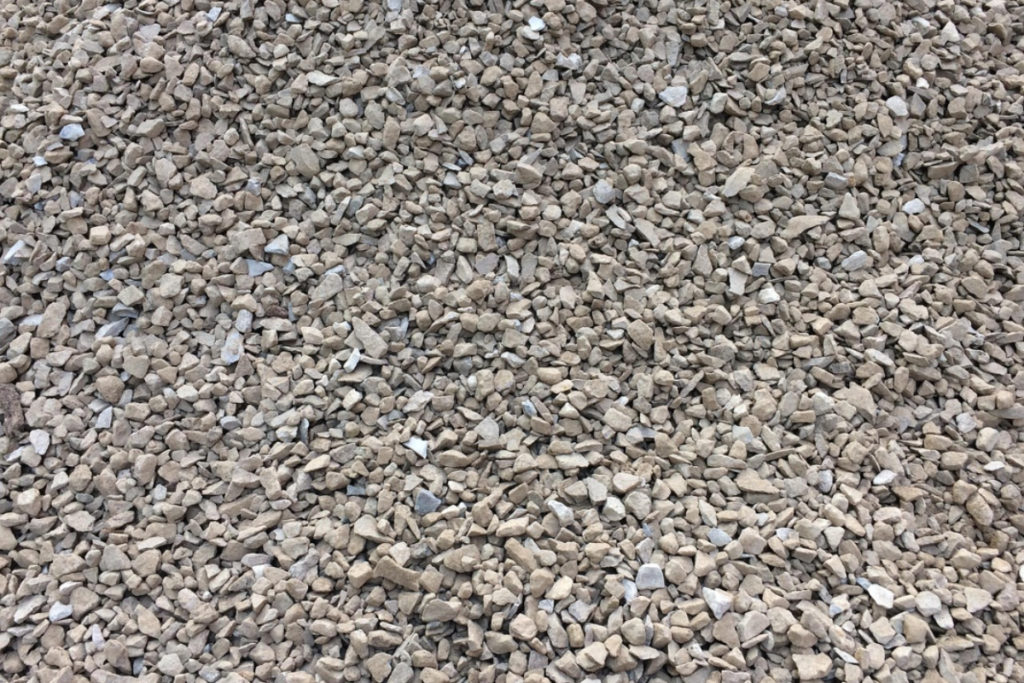
Creating a functional and inviting outdoor space often begins with choosing the right materials for the ground beneath your feet. Crushed rock is typically selected for its durability and ability to withstand foot traffic in high-traffic areas, such as garden paths and driveways. Tuscan toppings, with their warm tones and delicate texture, offer a more decorative touch that complements a range of garden styles. In many residential and commercial projects, people turn to low-maintenance, weather-friendly solutions that blend practicality with style. Surface choices play a key role in both visual appeal and usability, whether the goal is a casual backyard or a structured front landscape.
The key to designing any outdoor area lies in its layout and structure. A well-planned base gives everything else room to breathe. This includes walkways that connect different garden zones, seating pads that stay stable, and open spaces that can withstand traffic from pets, kids, or guests. When the groundwork is sound, the rest of the landscape—plants, lighting, furniture—can shine without constant upkeep.
Visual harmony starts from the ground up. Colours, textures, and shapes all play a role in how cohesive your garden feels. Earthy materials create warmth, while smoother surfaces offer a more polished touch. Mixing tones across different sections can help define separate areas without the need for walls or fences. It’s all about building flow and character while keeping the space open and breathable.
Drainage is another silent but crucial element. Poor water flow can lead to soggy spots, moss growth, or surface shifting. That’s why many homeowners and landscapers opt for materials that promote drainage naturally. Porous layering helps rainwater move through instead of pooling. This is especially helpful in areas with heavy downpours or where watering systems are in use.
In sloped spaces, clever layering can prevent soil erosion while adding a finished look. Ground coverings that lock into place provide a secure grip on inclines and reduce the risk of slipping. They also protect the subsoil from washing away over time. When the foundation is well built, even steep areas become safer and more functional.
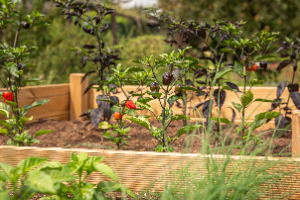
Blending garden beds with the rest of the landscape can feel like a challenge, but consistent ground covering brings unity. Using one surface material through connected zones creates a sense of rhythm. Whether framing a veggie patch or bordering flower beds, the surface helps anchor the visual structure. It also makes maintenance easier, as weed growth is reduced and soil movement is contained.
Walkable surfaces must strike a balance between comfort and durability. Soft textures feel better underfoot, especially for barefoot moments or when kids are playing outside. At the same time, the material must resist breaking down over time. Good layering techniques and edging can help protect walkways from spreading and losing shape.
Colour has more impact outdoors than people often realise. A warm golden tone might brighten a shady spot, while deeper hues can tone down a sunlit area. When surface materials complement plant choices and outdoor decor, the entire space feels considered and complete. Even subtle colour shifts can change the mood of a corner or the contrast of a feature.
Paths aren’t just practical—they guide experience. A curved path can slow someone down, encouraging them to notice what’s around. A straight line might lead the eye toward a view or a key feature, such as a sculpture or a tree. When planning walkways, consider how you want people to navigate through the space. Soft edges and natural curves often evoke a sense of relaxation and welcome.
Edging plays both a practical and visual role. It holds material in place, preventing spills from occurring on lawns or in garden beds. At the same time, it creates clean lines that define the area, whether using timber, stone, or steel. A good border sharpens the look and supports long-term function.
Garden surfaces don’t need to dominate—they should support the rest of the design. When chosen carefully, they allow plantings to flourish, furniture to blend in, and decorative features to stand out. Texture helps frame those moments. A coarser ground might highlight the delicate leaves of a fern, while smoother tones can support bolder plants, such as agaves or yuccas.
Ongoing care is also part of the equation. Low-maintenance options are ideal for busy households or public areas. Surfaces that resist weeds, hold shape, and drain well tend to require less attention across seasons. Sweeping, topping up, or compacting may be all that’s needed to keep things looking tidy throughout the year.
In shared spaces—like courtyards or common garden strips—surface choice impacts everyone’s experience. Materials that reduce glare, allow water flow, and remain safe underfoot are often preferred. These features help make outdoor zones comfortable and usable, whether it’s a quick pass-through or a relaxing gathering spot.
Final touches often make the most significant difference. Lighting can enhance textures and define walkways at night, making them more visible and safer to navigate. Potted plants or sculptural elements break up large open surfaces. Shade structures, furniture, and water features all interact with the ground below them. When everything rests on a stable, attractive base, it becomes easier to layer design choices with confidence.
A well-chosen surface does more than provide stability—it defines the character of your outdoor space. It helps shape the flow of movement, supports plantings, and complements every feature added above. From garden beds to furniture zones, everything relies on the ground below to feel balanced and complete. The texture, tone, and layout all contribute to comfort, safety, and visual harmony. Whether you’re aiming for a quiet place to unwind or a lively area for gathering, it all begins with the foundation. A stable, attractive base allows each design layer to shine, giving every plant, seat, and visitor a place to belong—and that’s where your entire outdoor vision truly begins.

